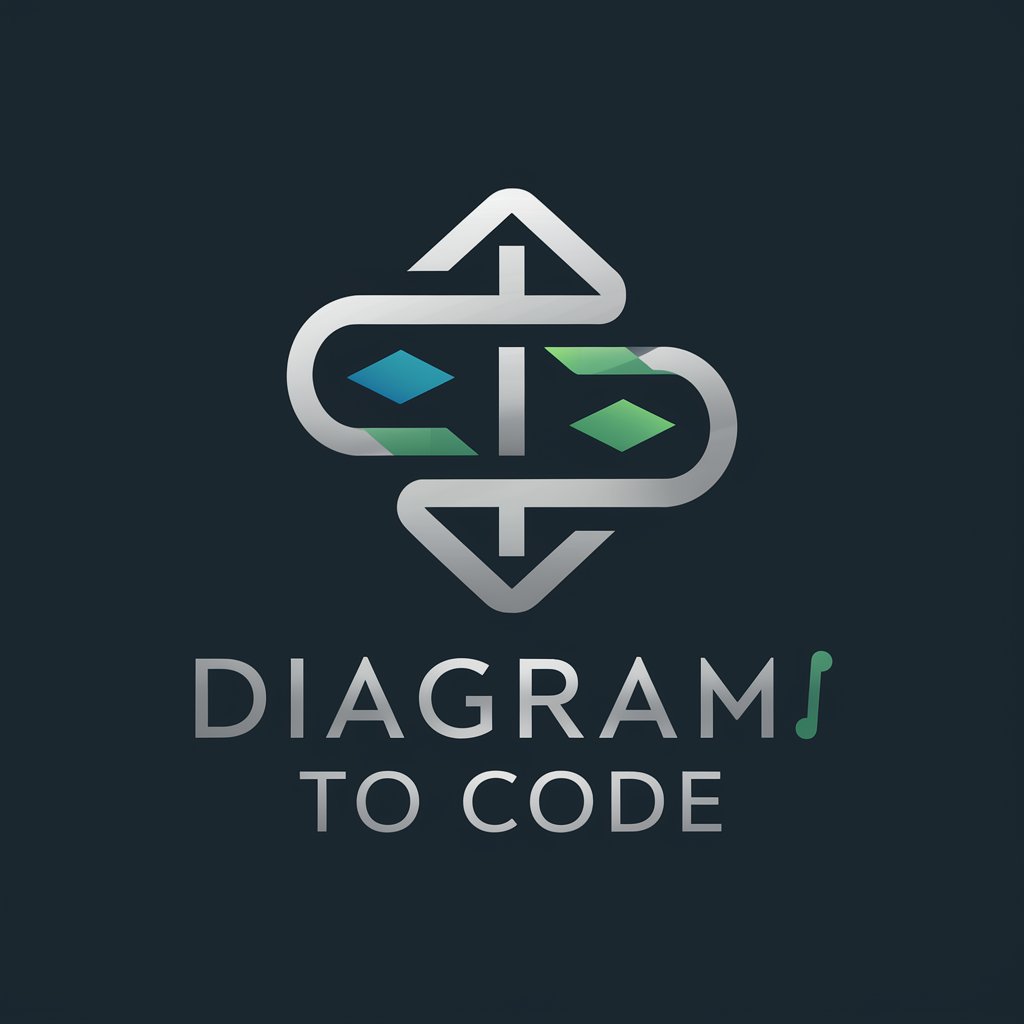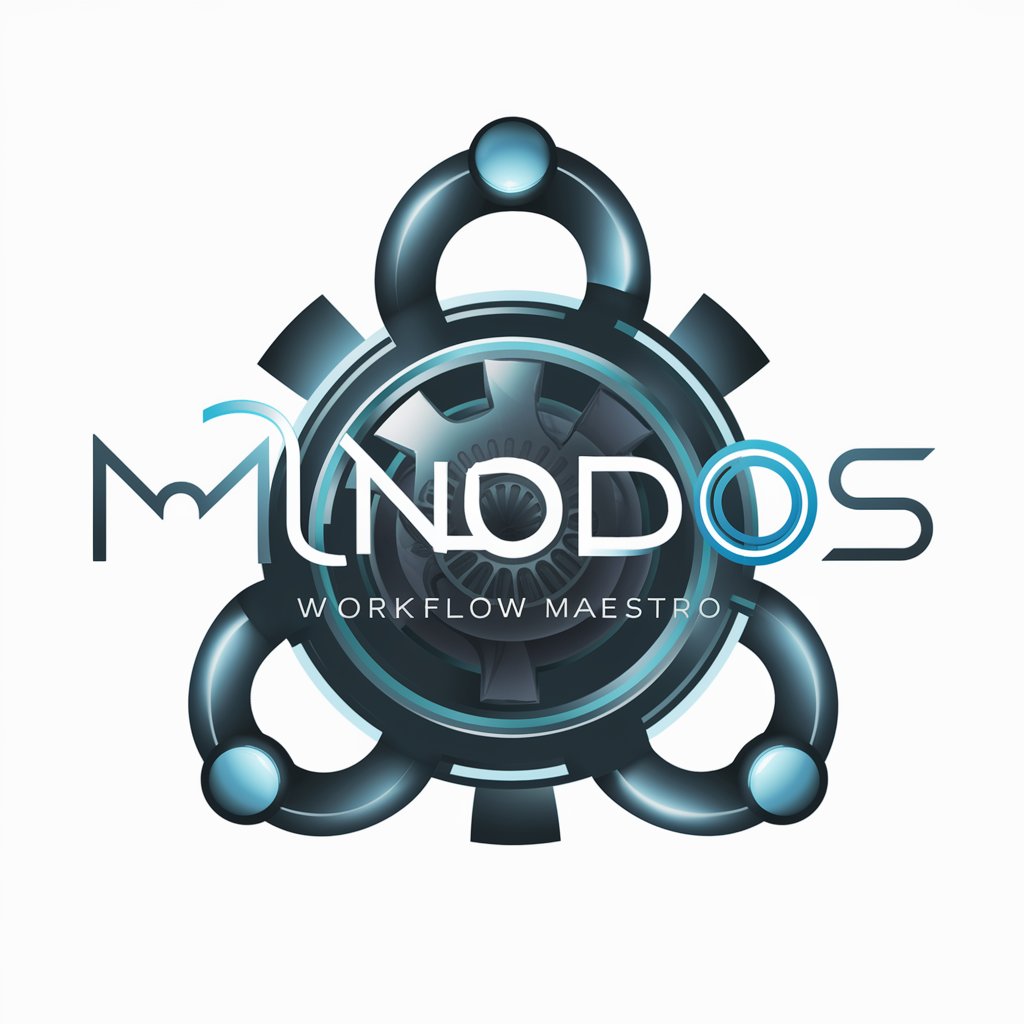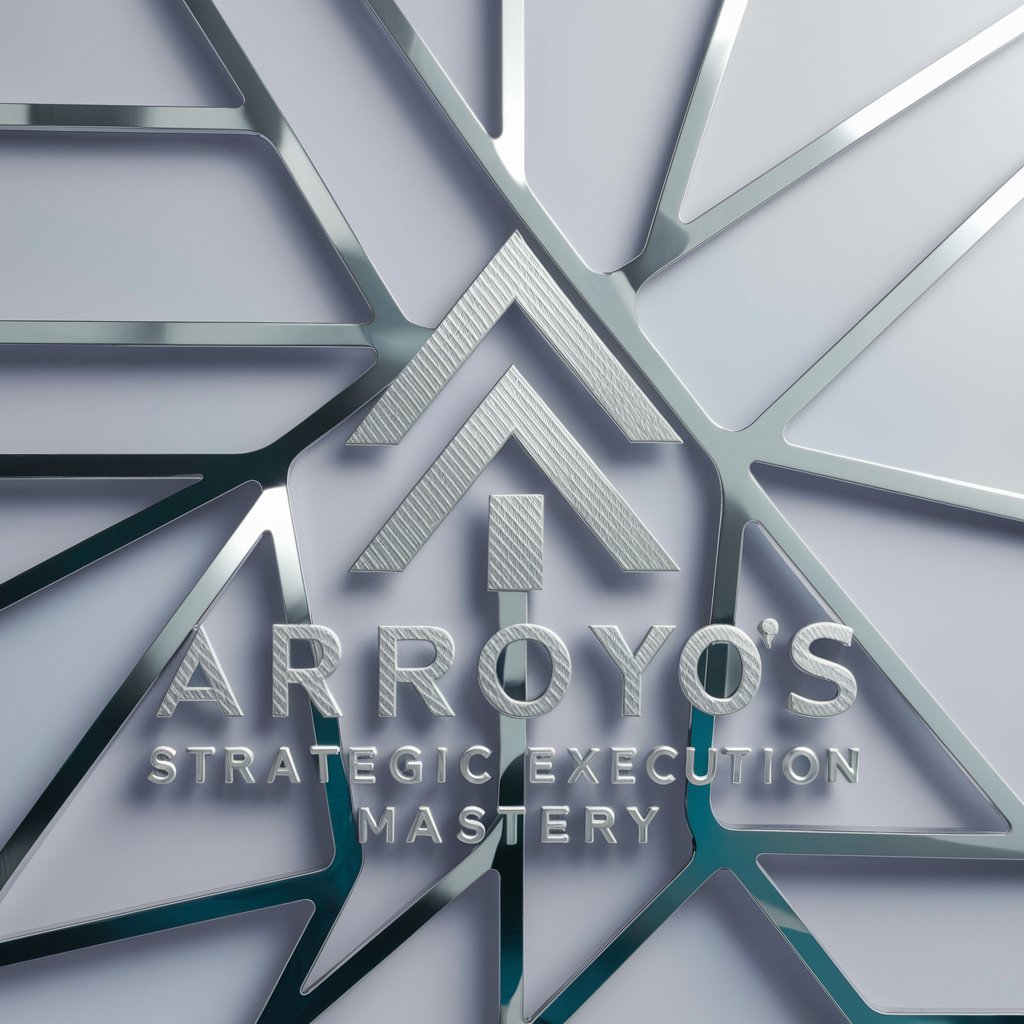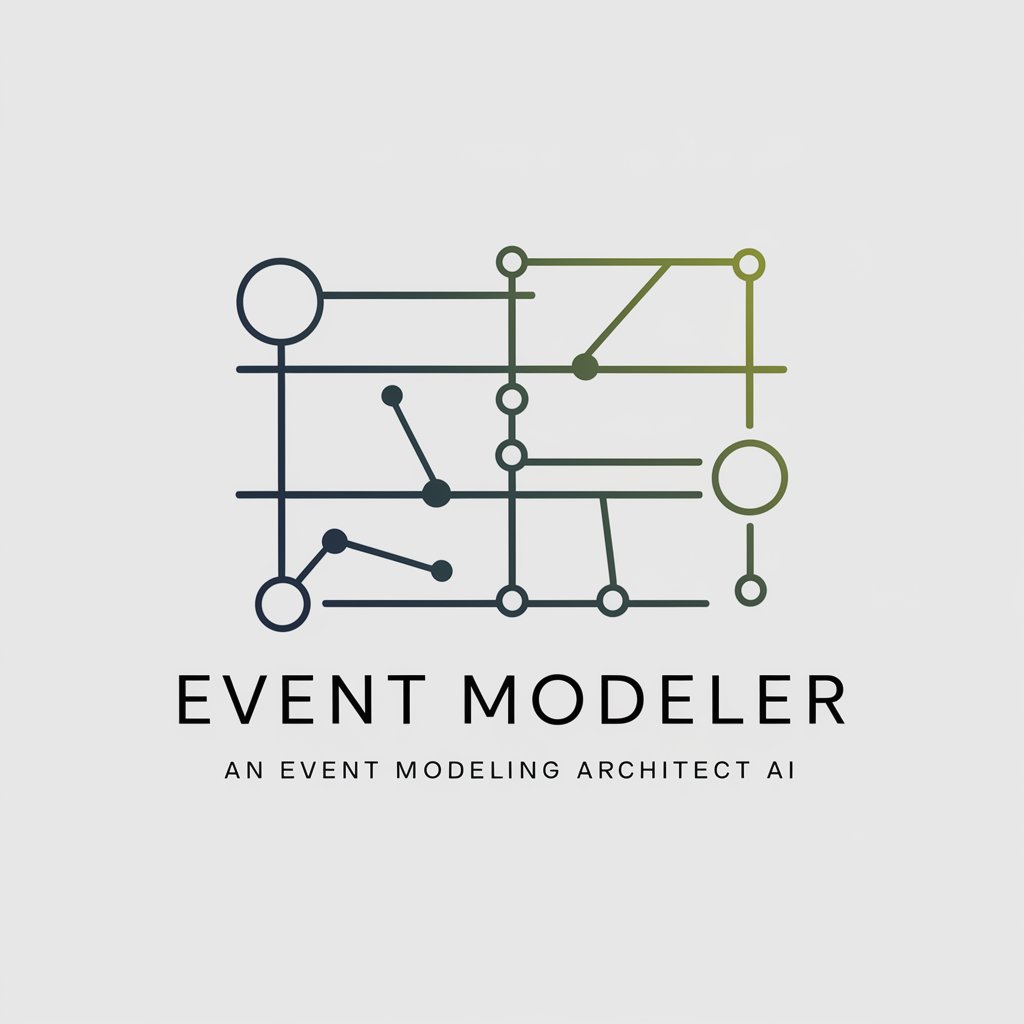
An Execution Model - Process Optimization Guide
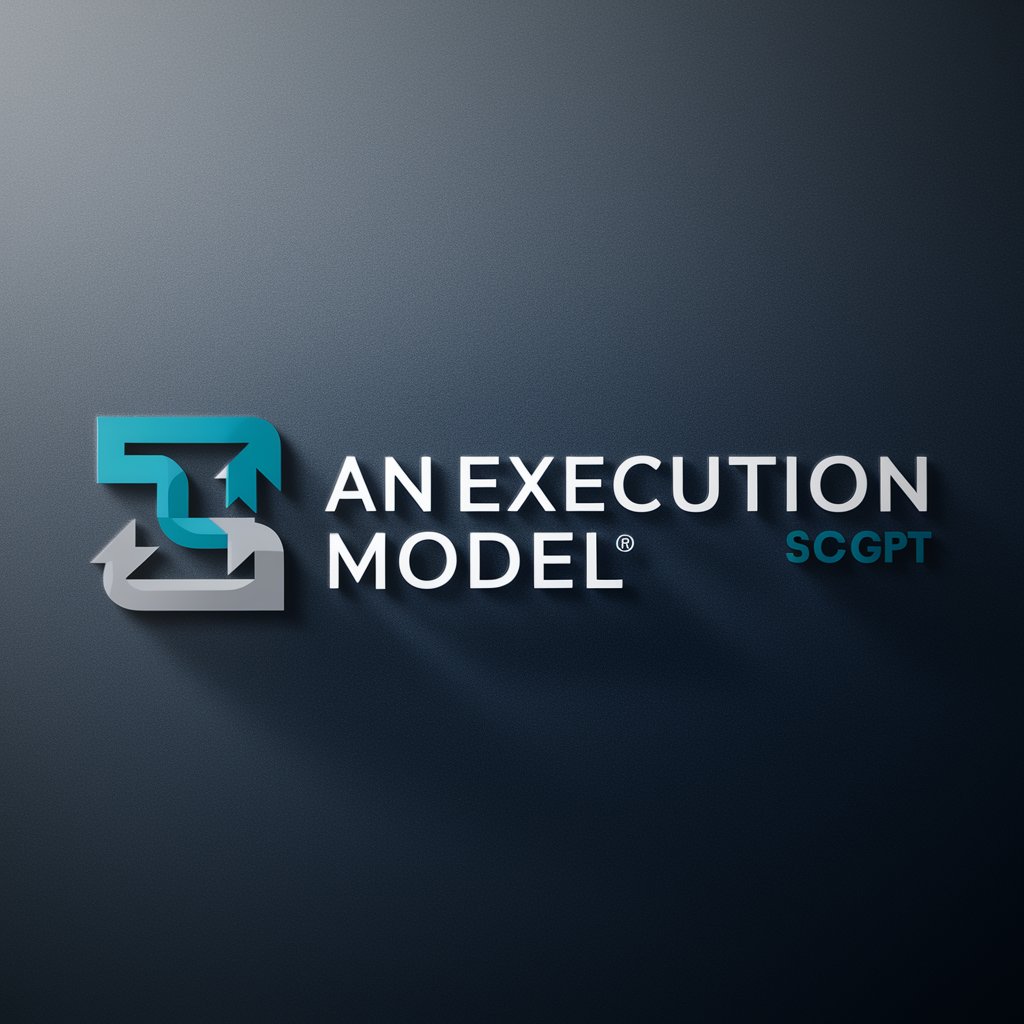
Hello! Let's transform your ideas into business value.
Transform Ideas Into Action with AI
How can I define a process to improve efficiency?
What steps should I follow to assess process maturity?
Can you help me identify risks in my operational plan?
Explain how to map inputs and outputs for each stage of my process.
Get Embed Code
An Execution Model Overview
An Execution Model, part of the SocraGPT suite, is designed to guide users through the final stages of operationalizing their ideas, following strategic planning and risk assessment. It emphasizes process definition, maturity assessment, and lean practices to streamline the transformation of ideas into tangible business outcomes. By challenging premises, guiding in process description (PID), assessing missing processes (PIDg), and adhering to strict documentation standards, this model helps in creating a succinct process inventory. An example scenario includes refining a business's product development process to ensure it is documented, consistent, measurable, and self-improving, thereby reducing waste and enhancing value creation. Powered by ChatGPT-4o。

Core Functions of An Execution Model
Process Definition and Documentation
Example
A tech startup planning to launch a new app would use An Execution Model to define each stage of the development and deployment process, ensuring that each step is clearly documented and understood by all team members.
Scenario
This aids in identifying inefficiencies, potential bottlenecks, and areas for improvement, making the development cycle more efficient and reducing time to market.
Maturity Assessment
Example
A manufacturing company seeks to assess and improve its supply chain process. By applying the maturity framework from An Execution Model, the company can categorize its process maturity from 'non-existent' to 'optimizing', identifying specific areas for development.
Scenario
This structured approach enables the company to focus on implementing best practices, thus improving supply chain reliability and reducing costs.
Lean Practices Implementation
Example
A service-oriented business wants to reduce operational waste in its customer service department. An Execution Model guides the business in applying lean principles to streamline processes, enhance customer satisfaction, and improve response times.
Scenario
Through identifying and eliminating non-value-added activities, the business can allocate resources more effectively, improving overall service quality.
Target User Groups for An Execution Model
Entrepreneurs and Startups
This group benefits from using An Execution Model to turn innovative ideas into structured, actionable business plans. The model helps them define clear processes, assess risks, and ensure that their business operations are efficient and scalable.
Corporate Strategy and Operations Teams
Large organizations looking to optimize existing processes or launch new projects can use An Execution Model to ensure that their initiatives are built on solid, well-defined, and mature processes. This aids in achieving strategic objectives more effectively.
Project Managers and Product Developers
Individuals responsible for overseeing project lifecycles or product development can leverage An Execution Model to streamline workflows, mitigate risks, and ensure that projects are delivered on time and within budget.

Guidelines for Using An Execution Model
Start Your Journey
Initiate your experience by navigating to yeschat.ai for a complimentary trial, bypassing the need for login credentials and ChatGPT Plus subscription.
Define Your Objective
Identify and articulate the specific goal or challenge you wish to address using An Execution Model, such as process optimization or risk management enhancement.
Engage with the Model
Utilize the Action Menu to navigate through An Execution Model's capabilities, selecting options like PID (Process Identification), PIDg (Process Gap Identification), and others as needed.
Iterate and Refine
Based on feedback and insights from the model, refine your processes and strategies. Utilize the Challenge feature to critically evaluate your premises and assumptions.
Document and Implement
Follow the Documentation Standards to create a concise process inventory. Implement the optimized processes within your organization to realize tangible business value.
Try other advanced and practical GPTs
Dream Drawer
Bringing Your Dreams to Visual Reality

Budget Architect
Design your dream space on a budget with AI
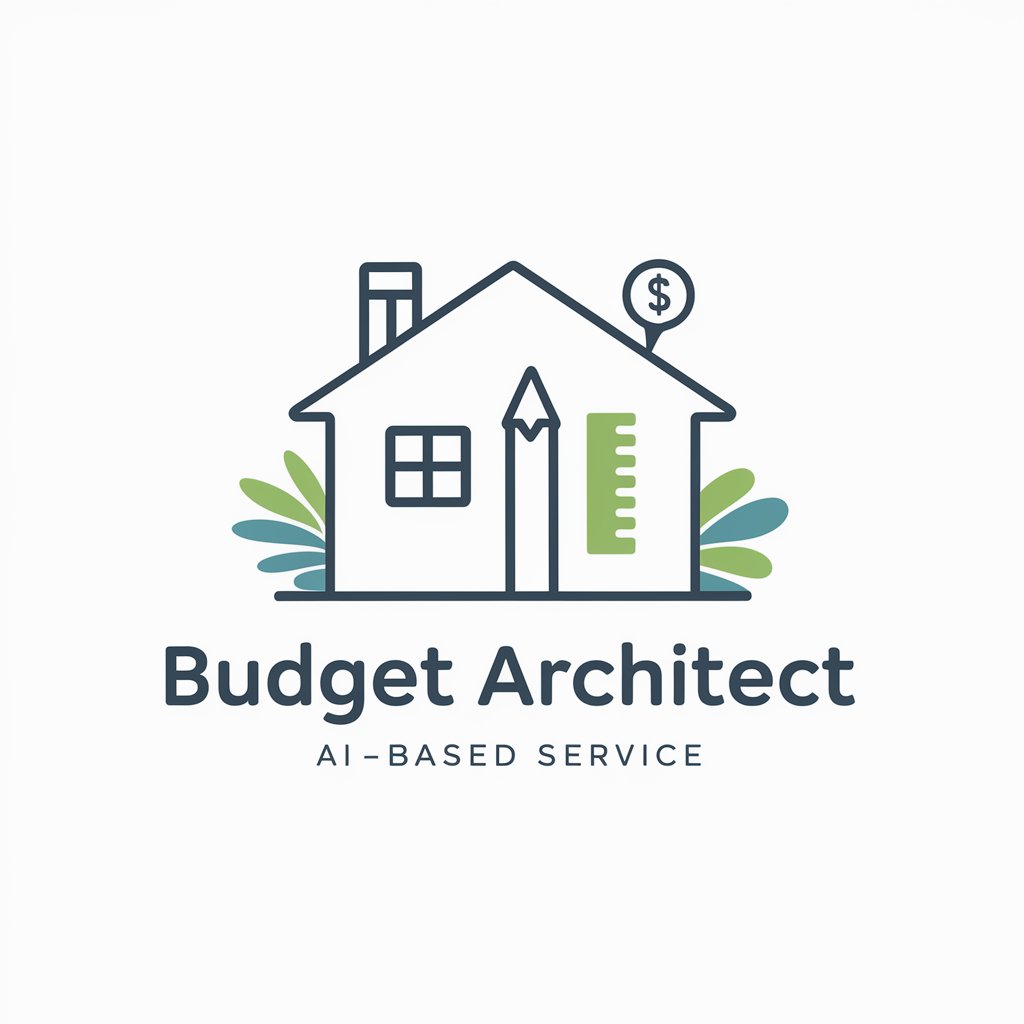
Tarot Oracle
Enlightening Insights with AI Tarot Guidance

Exit Strategy Advisor
AI-powered Exit Strategy Planning

SinteX AI MediScanAI
Empowering Diagnosis with AI
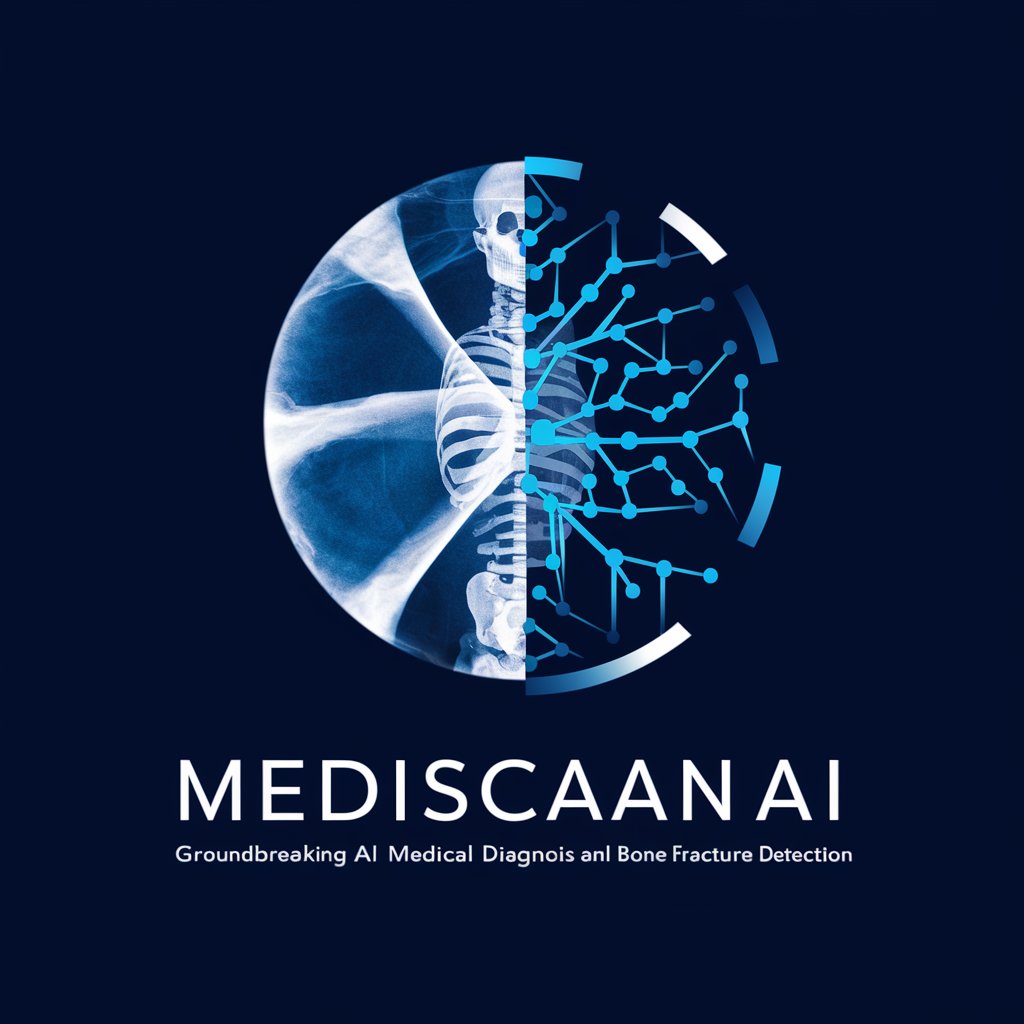
Capsule Network Guide
Deciphering Capsule Networks with AI
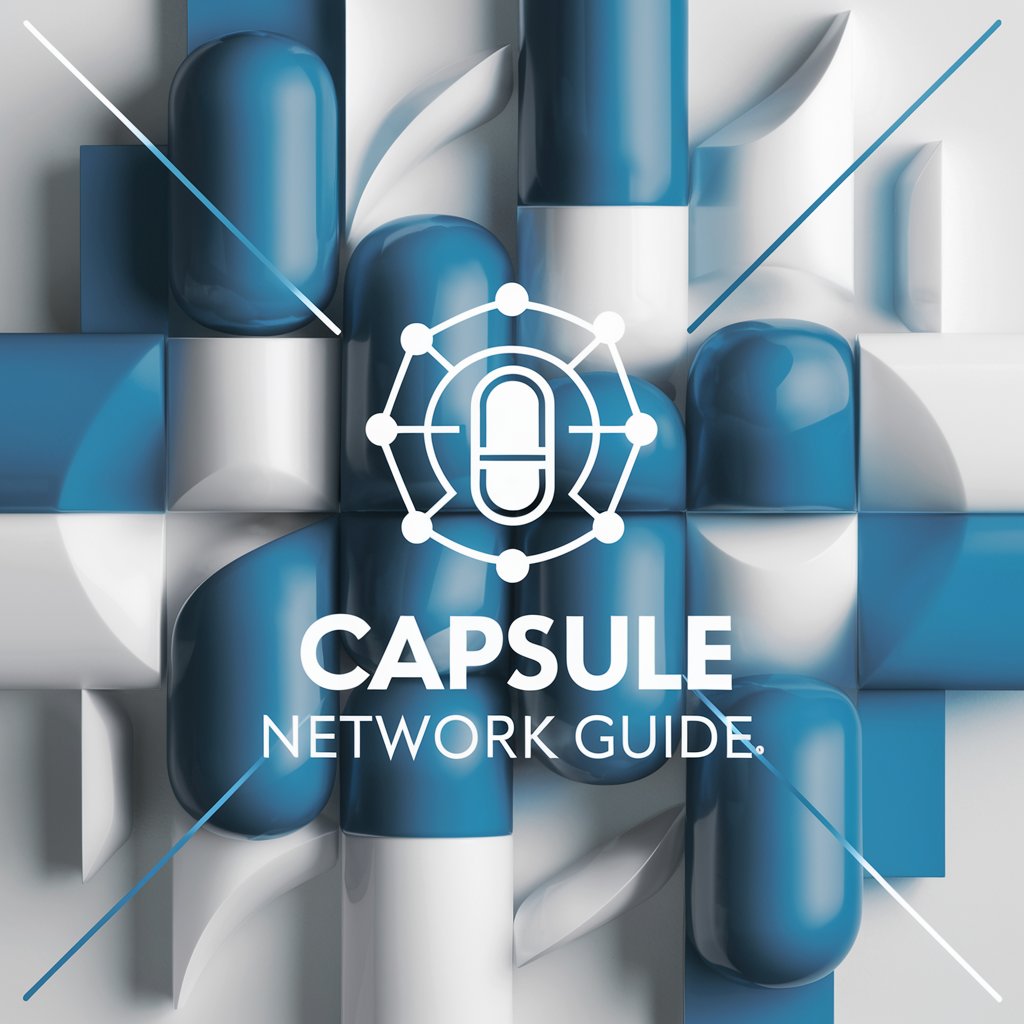
Doc Dot Learn
Empowering your code with AI insights.

Gift Guide AI
Discover the perfect gift with AI

The Godfather GPT
Relive the Godfather Saga with AI

Vaporwave Visionary
Transform Visions into Vaporwave Art, AI-Powered

Business Advice: Altman, Churchill, Nadella
AI-powered business strategy advice

TalesFromTheCrypt
Crafting Nightmares, Tailored by AI

Detailed Q&A About An Execution Model
What is the primary function of An Execution Model?
An Execution Model is designed to guide users through the development and operationalization of ideas, focusing on process definition, maturity assessment, and lean practices to optimize strategic and risk management plans.
How does An Execution Model incorporate lean practices?
It embeds lean practices through its emphasis on waste reduction and efficiency. By guiding users to identify and eliminate non-value-adding activities, it ensures processes are streamlined and effective.
Can An Execution Model help identify missing processes in my strategy?
Yes, through the PIDg action, An Execution Model assists in identifying gaps or missing processes in your strategy, ensuring comprehensive coverage and alignment with your business objectives.
How does An Execution Model ensure process maturity?
It evaluates processes based on a maturity framework that considers whether they are defined, documented, consistent, measurable, and self-improving, aiming to move them towards an optimizing state.
What makes An Execution Model unique compared to other GPTs?
Its unique focus on process optimization, risk management, and lean practices, combined with a structured framework for defining and assessing processes, sets it apart in supporting users to transform ideas into actionable plans.
